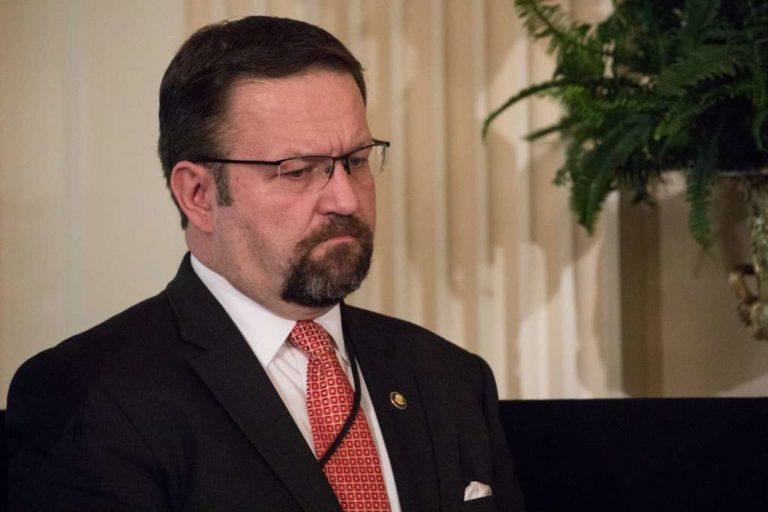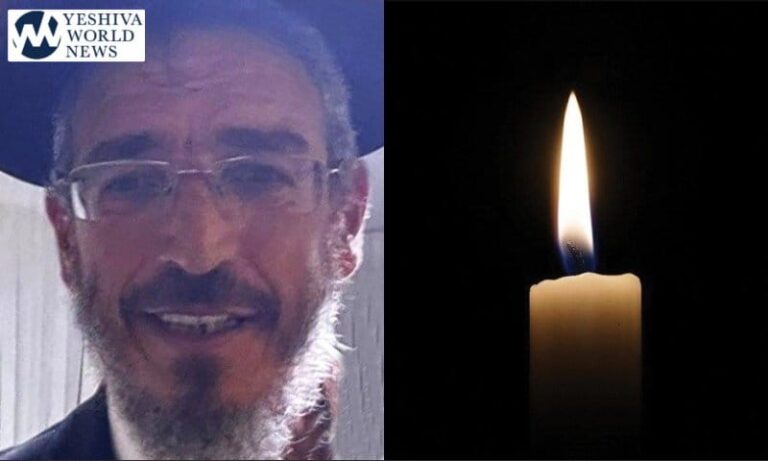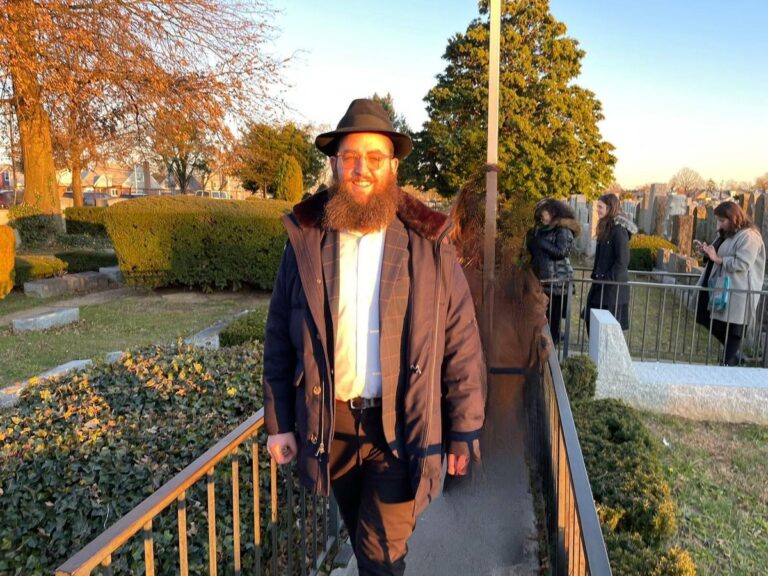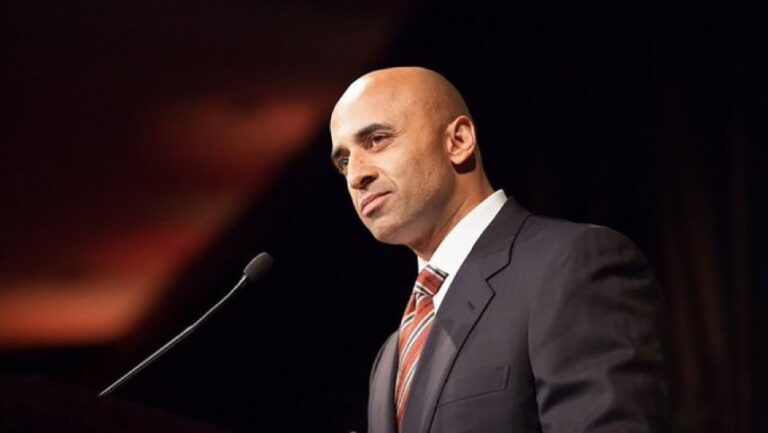 The United States and South Korea started huge military exercises Monday, kicking off drills that will include rehearsing surgical strikes on North Korea’s main nuclear and missile facilities and sending in special forces to carry out “decapitation raids” on the North Korean leadership.
The United States and South Korea started huge military exercises Monday, kicking off drills that will include rehearsing surgical strikes on North Korea’s main nuclear and missile facilities and sending in special forces to carry out “decapitation raids” on the North Korean leadership.
The exercises always elicit an angry response from Pyongyang but Monday’s statement was particularly ferocious, accusing the United States and South Korea of planning a “beheading operation” aimed at removing Kim Jong Un’s regime. The North Korean army and people “will take military counteraction for preemptive attack so that they may deal merciless deadly blows at the enemies,” the North’s powerful National Defense Commission said in a statement.
The drills come amid a particularly tense time, with the international community – and the United States and South Korea especially – trying to punish Pyongyang for its recent nuclear test and missile launch. The U.N. sanctions passed last week are the toughest yet, and South Korean president Park Geun-hye is expected to unveil further, unilateral sanctions against the North on Tuesday.
About 17,000 American forces and 300,000 South Korean personnel – a third more from both militaries than last spring’s exercises – will take part in 11 days of computer-simulated training and eight weeks of field exercises, which will involve ground, air, naval and Special Operations services.
The exercises will revolve around a wartime plan adopted by South Korea and the United States last year, called OPLAN 5015. The plan has not been made public but, according to numerous reports in the South Korean media, includes a contingency for surgical strikes against North Korea’s nuclear weapons and missile facilities, as well as having special forces practice “decapitation” raids to take out the North Korean leadership. The JoongAng Ilbo newspaper reported that Kim Jong Un would be among them.
The joint forces will also run through their new “4D” operational plan, which details the allies’ pre-emptive military operations to detect, disrupt, destroy and defend against North Korea’s nuclear and missile arsenal, the Yonhap News Agency reported. “The focus of the exercises will be on hitting North Korea’s key facilities precisely,” a military official told the wire service.
Christopher Bush, a spokesman for United States Forces Korea, declined to comment on the reports. “Alliance operational plans are classified and we aren’t authorized to discuss them for operations security reasons,” he said.
USFK said in a statement that it had informed the North’s Korean People’s Army – through the United Nations Command, which controls the Demilitarized Zone between the two Koreas – about the exercise dates and “the non-provocative nature of this training.”
But North Korea did not see it this way.
“We have a military operation plan of our style to liberate south Korea and strike the U.S. mainland ratified by our dignified supreme headquarters,” the North’s National Defense Commission said its statement, carried by the official Korean Central News Agency.
It said it already had deployed “offensive means” to strike South Korea and also “U.S. imperialist aggressor forces bases in the Asia-Pacific region and the U.S. mainland.”
“If we push the buttons to annihilate the enemies even right now, all bases of provocations will be reduced to seas in flames and ashes in a moment,” the commission said.
North Korea is particularly sensitive to suggestions of attacks on Kim – as the case of the 2014 Hollywood film “The Interview” showed – and it also has a habit of making threats on which it cannot follow through.
Last week, Kim ordered his military to be ready to use its nuclear weapons at any time, saying they were needed, given the “ferocious hostility” of new “gangster-like” sanctions leveled against Pyongyang.
Monday’s threats were “absolutely not credible,” said Daniel Pinkston, a former Korean linguist with the United States Air Force who now teaches at Troy University’s campus in Seoul.
“They would trigger everything North Korea wants to avoid, which is their absolute destruction in retaliatory attacks,” Pinkston said. “Second, if you are going to launch an attack against a much stronger adversary, why would you telegraph that? You’d want the element of surprise.”
Much of North Korea’s rhetoric is for domestic consumption, as Kim tries to burnish his leadership credentials ahead of a much-anticipated Workers’ Party congress in May, the first in 36 years.
Kim, however, has shown himself willing to use the means available to him to express his anger. Last year, during a period of tensions with South Korea, he ordered his military onto a war footing, sending army units to the DMZ and submarines out of port.
South Korea and the United States will increase monitoring of North Korea during the exercises.
“We will carry out these exercises while keeping tabs on signs of North Korean provocations,” a South Korean official told reporters. “If the North provokes us during this exercise, the U.S. and our troops will retaliate with an attack ten-fold stronger.”
About 28,500 American troops are still on the Korean peninsula, the result of the security alliance formed during the Korean War.
(c) 2016, The Washington Post · Anna Fifield










